What’s the Buzz
The Bee Healthy Blog
Signs and Symptoms of an Overactive Gallbladder

The gallbladder is a pear-shaped organ, approximately 7-10 cm long, located below the liver in the right upper abdomen. Its primary function is to store bile made by the liver and release it through the bile ducts into the small intestine. Bile helps to digest fat in the small intestine.
In this article, we will talk about different gallbladder diseases, including an overactive gallbladder, a relatively uncommon condition. We will also list some of the symptoms of gallbladder disease.
Hyperactive Gallbladder
A hyperactive or overactive gallbladder is a rare gallbladder disease. Not much is known about what causes it. Here are the answers to some frequently asked questions about an overactive gallbladder.
Can you have a hyperactive gallbladder?
Yes, you can. While it is not the most common gallbladder problem, you can have a hyperactive gallbladder. A hyperactive or hyperkinetic gallbladder is defined as an ejection fraction of 80% or higher on a HIDA scan. (HIDA stands for hepatobiliary iminodiacetic acid scan and is an imaging procedure used to diagnose liver, gallbladder, and bile duct problems.) This means when tested, the gallbladder releases 80% or more of its contents.
What causes a gallbladder to be overactive?
In a healthy gallbladder, a hormone called cholecystokinin (CCK) is released by the small intestine after eating a fatty meal. CCK causes contraction of the gallbladder, which causes it to release bile. Experts believe an overactive gallbladder occurs due to an increased sensitivity to CCK. As a result, in people with hyperkinetic gallbladder disease, the gallbladder contracts more than usual. It has also been linked to metabolic disorders that cause changes in bile composition. However, the exact cause of an overactive gallbladder is not fully understood.
What does an overactive gallbladder feel like?
Signs and symptoms of an overactive gallbladder may include significant pain in the right upper abdomen after eating, gas, bloating, indigestion, nausea, chronic diarrhea, and chalky or pale-colored stools.
How do doctors treat an overactive gallbladder?
Studies have shown that patients with a hyperactive gallbladder respond well to cholecystectomy (gallbladder removal). The surgery usually provides relief from gallbladder attacks.
Other Gallbladder Diseases
Gallstones
Gallstones are small, hard, crystalline masses that develop from substances in the bile, such as bile salts, calcium, and cholesterol. They can range in size from as tiny as a grain of sand to as big as a golf ball. The two types of gallstones are pigment gallstones and cholesterol gallstones.
Common risk factors for developing gallstones include obesity (body mass index over 30), female gender, age over 40, Native American or Hispanic ethnicity, and a family history of gallstones. A medical history of diabetes, liver cirrhosis, or Crohn’s disease and taking estrogen-containing medications are also risk factors for developing gallstones.
Gallstones can become lodged in the bile ducts—this condition is called choledocholithiasis. Common bile duct stones, i.e., gallstones blocking the common bile duct, can lead to inflammation and distention of the gallbladder (this is called cholecystitis). If left untreated, it can lead to severe complications like gallstone ileus, gallstone pancreatitis, and gallbladder cancer.
A common symptom of gallstones is biliary colic, sudden, severe pain in the right upper abdomen. Other gallstone symptoms include fever, chills, nausea, vomiting, jaundice (yellowing of the skin and eyes), pale stools, and dark urine.
Treatment options for gallstones include medications to dissolve the gallstones and cholecystectomy (gallbladder removal surgery).
Acute and Chronic Cholecystitis
The term cholecystitis refers to gallbladder inflammation. Inflammation of the gallbladder can be acute (sudden and short-lived) or chronic (long-lasting). The most common cause of acute cholecystitis is gallstones, which can also occur due to tumors, bacterial infection, and other causes.
Repeated attacks of acute cholecystitis can lead to chronic cholecystitis, a type of chronic gallbladder disease. Chronic inflammation of the gallbladder causes it to shrink in size. In very severe cases, a condition called gangrenous cholecystitis can develop. Gallbladder gangrene can lead to necrosis and perforation (death of the gallbladder tissue and rupture).
Signs and symptoms of cholecystitis include gallbladder pain, fever, chills, nausea, and vomiting.
Treatment options include pain medication, antibiotics, and gallbladder surgery (cholecystectomy) to remove stones.
Chronic Acalculous Gallbladder Disease
This is a type of gallbladder inflammation that occurs in the absence of gallstones. Chronic acalculous gallbladder disease can be triggered by long periods of fasting, rapid weight loss, surgery, severe physical trauma, severe burns, severe infections, or autoimmune conditions like SLE (lupus).
Symptoms of chronic acalculous gallbladder disease can include severe abdominal pain, nausea, belching, and bloating.
The treatment for chronic acalculous gallbladder disease is the same as cholecystitis with stones, i.e., surgical treatment to remove the gallbladder.
Biliary Dyskinesia
This is a functional gallbladder disorder in which the gallbladder has an ejection fraction of 35-40% or less on the HIDA scan. This means the gallbladder does not function properly and releases only 35-40% of its bile into the small intestine.
Symptoms of biliary dyskinesia include upper abdominal pain after meals, bloating, nausea, and indigestion. Fatty meals can trigger the abdominal pain.
Treatment of biliary dyskinesia is cholecystectomy (removal of the gallbladder).
Primary Sclerosing Cholangitis
This is a chronic inflammation of the biliary tract that can lead to scarring, biliary obstruction, and other bile duct problems. The exact cause is unknown. Sclerosing cholangitis may not cause any symptoms. If present, symptoms may include upper abdominal pain, fever, jaundice, and itching of the skin.
Sclerosing cholangitis is often present along with other digestive and kidney diseases such as ulcerative colitis. It is also associated with an increased risk of liver cancer. The only treatment for primary sclerosing cholangitis is a liver transplant.
Wrapping Up
Knowing the symptoms of gallbladder disease is important, so you can seek timely medical attention. Getting appropriate and timely treatment can help prevent the serious and potentially life-threatening complications of gallbladder disease.
Your doctor will obtain a complete medical history and perform a physical exam. They may order blood tests and imaging tests like ultrasound and HIDA scan to diagnose gallbladder disease.
Effective treatments are available to treat gallbladder diseases. The gallbladder is not essential for life, and removing the entire gallbladder is often curative.
References:
- https://www.mayoclinic.org/diseases-conditions/gallstones/symptoms-causes/syc-20354214
- https://www.mayoclinic.org/diseases-conditions/primary-sclerosing-cholangitis/symptoms-causes/syc-20355797#
- https://my.clevelandclinic.org/health/diseases/22976-gallbladder-disease
- https://www.ncbi.nlm.nih.gov/pmc/articles/PMC4337439/#
- https://www.ncbi.nlm.nih.gov/books/NBK459182/
- https://pubmed.ncbi.nlm.nih.gov/33284026/#
- https://www.sciencedirect.com/science/article/pii/S2213576613001036
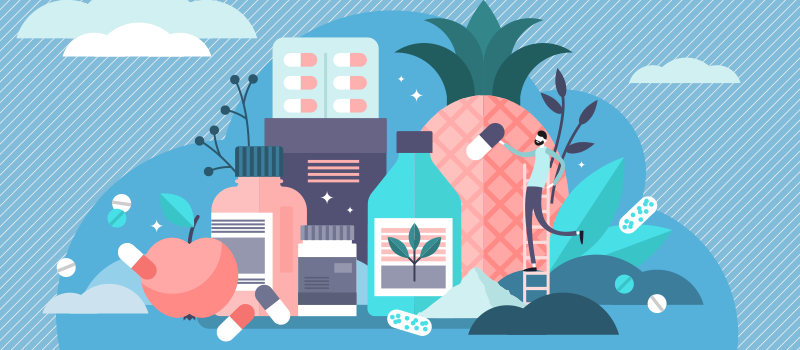

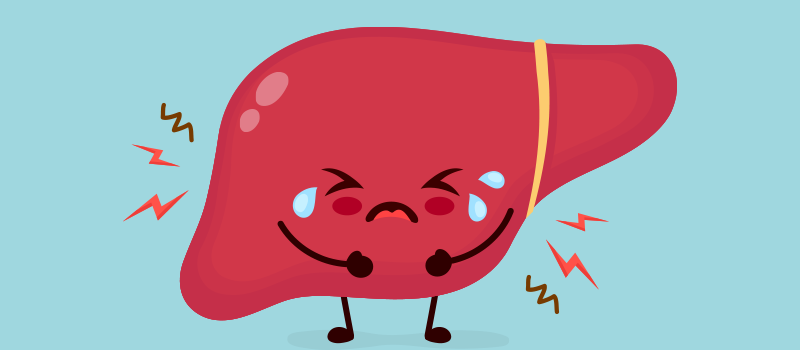


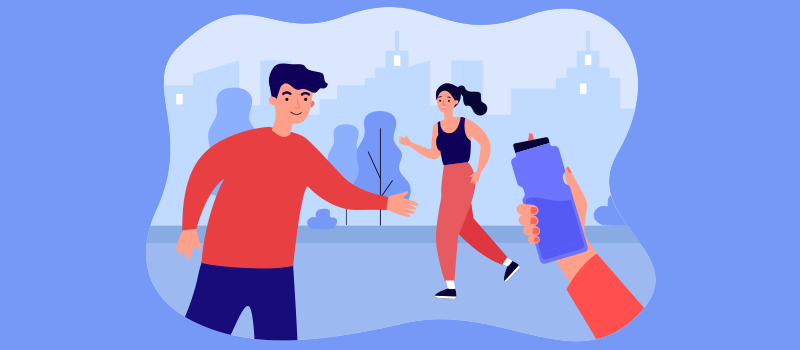
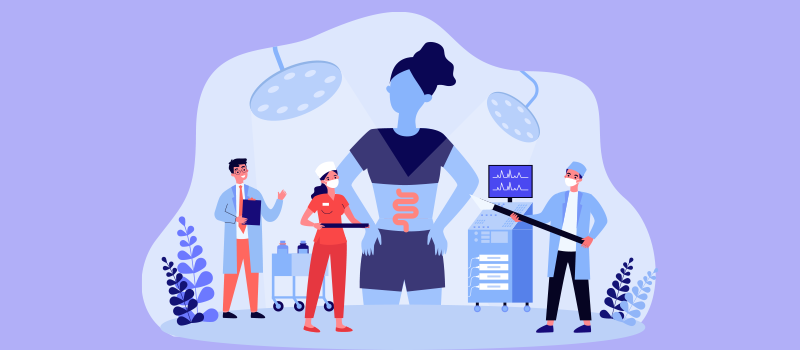
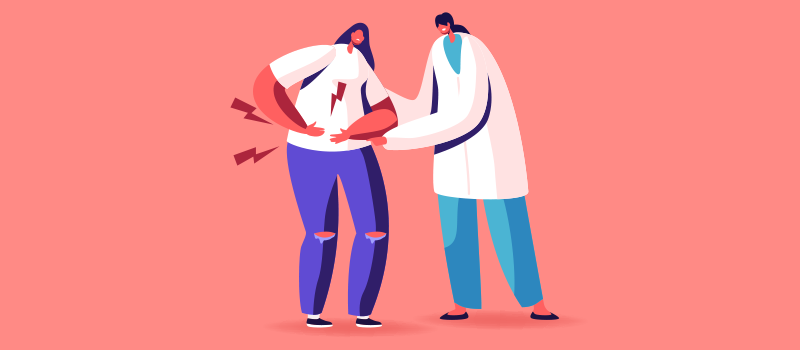


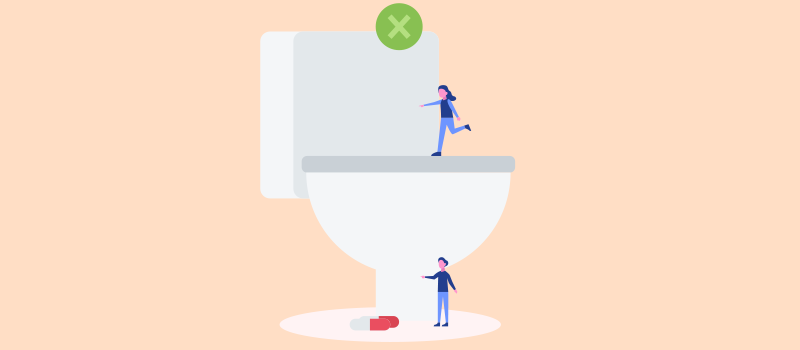

SOCIAL